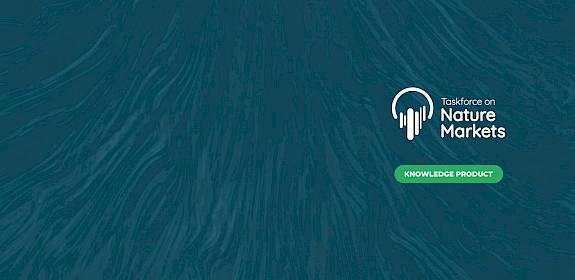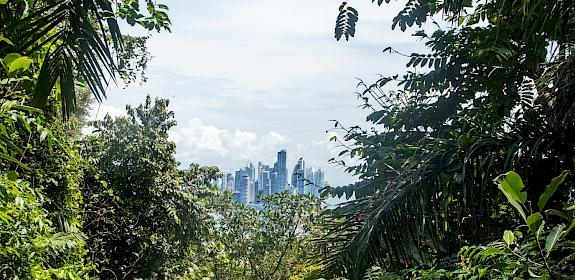Japan lists endangered endemic reptiles and amphibians on CITES to protect them from illegal international pet trade
TRAFFIC welcomes the listing of six reptile and one amphibian species which are endemic to Japan under the Convention on International Trade in Endangered Species of Wild Fauna and Flora (CITES).
Six species of Japanese cave geckos Goniurosaurus spp. and the Anderson’s Crocodile Newt Echinotriton andersoni, all endangered and protected by Japan’s national law, are now listed under Appendix III of CITES. The listings follow TRAFFIC’s early recommendations in 2018 when its research revealed the impact of the international pet trade on many endemic reptiles and amphibians of the Nansei Islands.
“The Japanese government’s move to list these endemic species under CITES Appendix III is very welcome as it means that other countries are now called upon to join the effort in preventing the unsustainable or illegal exploitation of these animals too,” said Ms. Yoko Asakawa, Programme Officer of TRAFFIC’s Japan Office. “International cooperation is critical to preventing species from slipping into decline and disappearing altogether as a result of the exotic pet trade.”
The six species of cave geckos (Goniurosaurus kuroiwae, G.orientalis, G.sengokui, G.splendens, G.toyamai, G.yamashinae) and the Anderson’s Crocodile Newt all have restricted ranges within the Nansei archipelago and are evolutionarily distinct, which makes them prone to exploitation for exotic pet trade. The Nansei Islands are situated in the southeastern end of Japan in two provinces—Kagoshima and Okinawa, with parts of them proposed for Japan’s next natural World Heritage site.
“The Nansei Islands could be a remarkable natural World Heritage site, but there is an urgent need to recognize that listing alone won’t safeguard or protect the islands’ species,” added Ms. Asakawa.
There are concerning signs of poaching and illegal trade of the islands’ protected species, such as the endangered Ryukyu Black-breasted Leaf Turtle Geoemyda japonica, which was listed on Appendix II in 2013. Without urgent and heightened cooperation from customs, law enforcement and the international community, the natural treasures of the Nansei Islands’ wildlife will remain under threat.”
Ms. Yoko Asakawa, Programme Officer of TRAFFIC’s Japan Office
TRAFFIC’S 2018 report shows evidence of these species occurring in trade in Europe and the United States, as well as the seizure of illegally exported Anderson’s Crocodile Newt in Belgium. Urgency to protect these endemics from international trade was elevated after the CITES CoP18 held in August 2019, when the rest of congeneric species of both genus Goniurosaurus and Echinotriton from China and Viet Nam were listed on Appendix II. The lack of protection of the Japanese endemics meant not only enforcement challenges but also risks of fueling demand for those non-listed species.
The Japanese Ministry of the Environment is engaging local stakeholders in the Nansei Islands to strengthen alert to poaching and trafficking of local fauna in the region. TRAFFIC, along with its national partner WWF Japan, will continue to provide support and guidance for such critical efforts on the ground.




